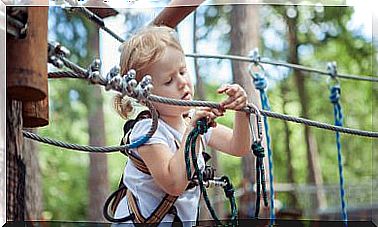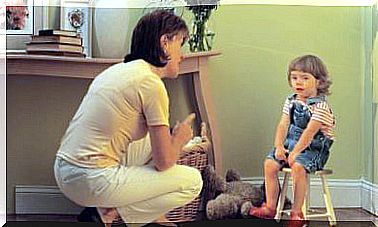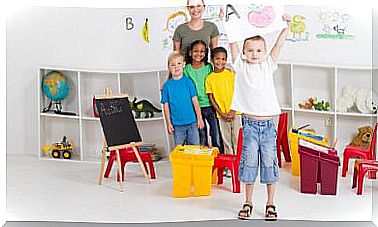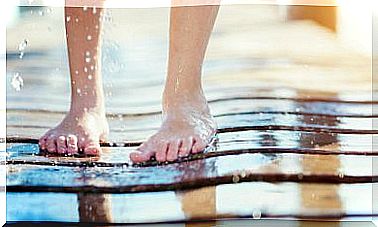Stereotyped Movement Disorder In Children
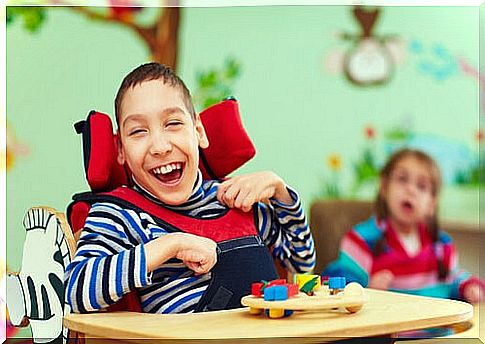
The suffering of certain syndromes that affect the intellectual capacities can produce a disorder of stereotyped movements in children. These are uncontrolled actions, which in some cases, in addition to limiting their competence for certain actions, can cause damage.
What are the stereotyped movements?
Stereotypies are movements made during wakefulness that do not pursue a specific purpose. That is, they are not purposeful, they have no intention or meaning, although many claim that their primary purpose, although unconscious, is to reestablish internal balance.
These types of movements are common in children with autism, ASD, and other mental disorders. They occur in a certain period of time, which may or may not vary; they are repetitive and their duration is also changeable.
Some examples of them are: waving your hands, turning your neck to the sides or back and forth, hitting some part of the body or even biting yourself or an object.
Why are they generated?
Although the factors that originate stereotyped movements can be diverse, four are distinguished by their frequency of appearance. Experts classify them as follows:
- Excess of stimuli: they can be about hearing, sight or another sense. The coexistence of too many sensory stimulations (noise, lights, people) produces the need to generate a balance through certain actions.
- Lack of stimuli: the opposite of the above. Stereotyped movements are produced to alleviate the feeling of boredom.
- Pain: self-injurious actions, such as blows to the head, activate the beta-endorphin system, which produces pleasant sensations in the subject. Thus, they find balance after a sensation of pain.
- Over-demand: when the child is required to perform a series of actions that go beyond his possibilities at a time, he seeks balance through these movements.
Likewise, stereotypes are also associated with other syndromes such as Rett’s, Lesch-Nyhan’s or Smith-Magendies’ syndromes. Each of them tends to generate a specific response in the child, depending on the deficiency that occurs.
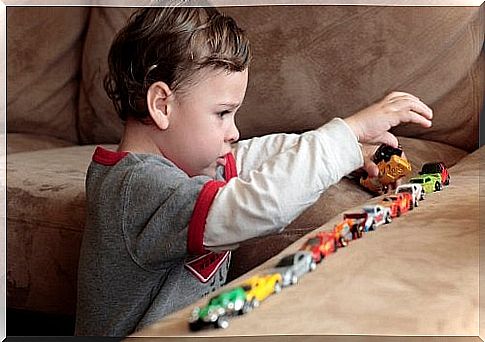
Diagnosis of stereotyped movement disorder in children
These behaviors should only be diagnosed when they extend over time, taking a period of four weeks as an initial parameter, and when they are serious enough. That is, when we talk about noticeable and repetitive movements. Tics and OCDs (obsessive compulsive disorders) are not considered here.
In addition, it must be about behaviors that prevent the normal development of other actions. It also doesn’t have to be caused by urges, obsessions, or side effects of, for example, abstinence from a medication.
In cases where there is mental retardation, the stereotyped movement disorder is usually of a severity that deserves professional treatment.
How to treat it
This particular aspect is extremely complex in stereotyped movement disorder in children. What happens is that, as they tend to last practically for life in most cases, a drug solution would cause the child to spend almost the entirety of his life on medication. This, logically, is not ideal.
On the other hand, there are specialists in autism disorders who suggest that the first thing to do is identify the cause that causes the stereotyped movements. To achieve this, the following factors must be considered:
- What happened?
- At what point?
- How did it affect the child?
- What was your response?
- What feelings did he express?
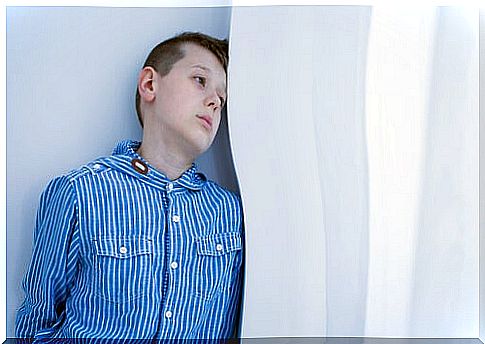
Once this is done, in addition to trying to limit this origin of the behavior, it could be replaced by a more appropriate one.
By saying “adequate” in this context, we mean actions that are not harmful (both for the child and for those around him) or that allow him to fulfill other functions (such as holding things, for example). In other words, the basic premise would be to enhance the functionality of conscious and purposeful movements.
Tips to try to avoid stereotypical movements
Based on the four main generators that we named above, we can propose the following points to consider:
- Do not demand or ask the child to do more than he can. In other words, if you are tired, distraught, nervous, or upset, it is best not to encourage your child to do anything.
- Remove him from the environment that over-excites him.
- Do not let it get bored, without moving to the previous extreme either.
- Identify and treat what may be causing you pain.
Finally, we will also emphasize that visual and tactile contact, as well as displays of affection, caresses, hugs and whispers will be very relaxing for the child when these pictures are presented.
Furthermore, having stereotyped movement disorder in children does not suppress their affective needs. They are still there and their attention is essential for the emotional health of the infant.


